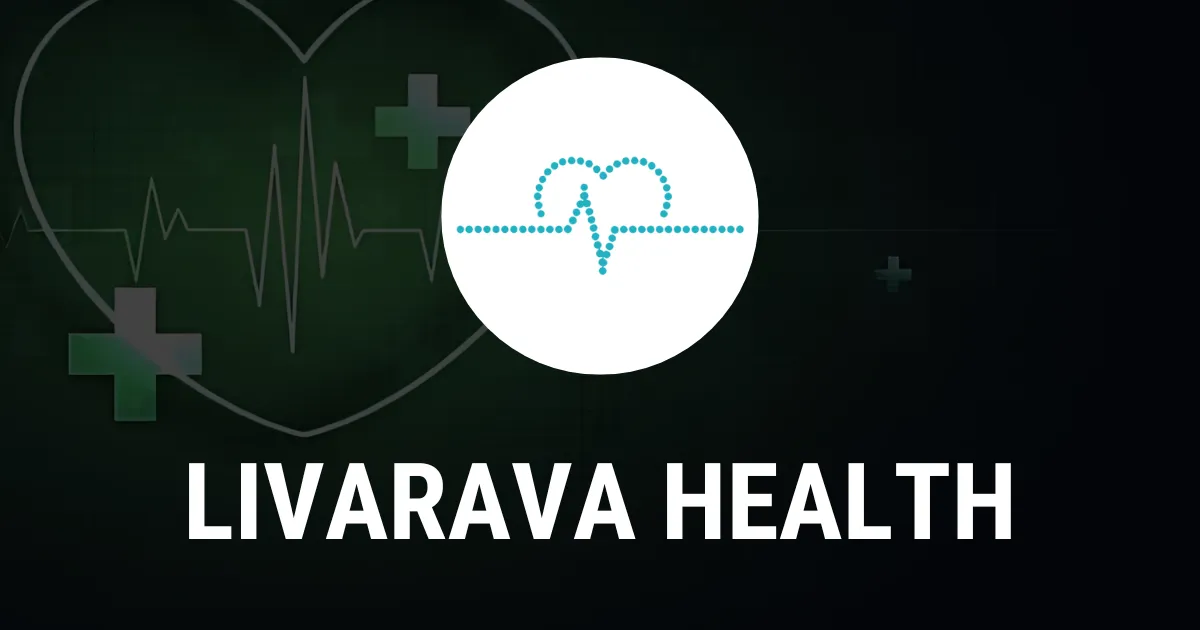Exploring the Benefits of Red Light Therapy for Pain and Muscle Recovery

What Is Red Light Therapy?
Red light therapy (RLT) is a non-invasive treatment that utilizes low-level wavelengths of red light to stimulate cells. This therapy is believed to have several health benefits including pain relief and enhanced muscle recovery.
How Does Red Light Therapy Work?
By exposing the body to red light, RLT aims to boost mitochondrial function in cells, improving energy production. This process may help reduce inflammation and promote healing in muscles.
Potential Benefits of Red Light Therapy
- Alleviates chronic pain and inflammation
- Supports muscle recovery after workouts
- May improve athletic performance
- Non-invasive and easy to use
Considerations and Limitations
- Results can vary between individuals
- Not a substitute for traditional medical treatments
- Limited research in certain areas
Should You Try Red Light Therapy?
Before starting any new treatment like red light therapy, it's crucial to consult with a healthcare provider. While many advocate for its benefits, understanding its limitations is equally important.
For more detailed insights and personal testimonials on red light therapy, visit the source.
Disclaimer: The information provided on this site is for informational purposes only and is not intended as medical advice. We are not responsible for any actions taken based on the content of this site. Always consult a qualified healthcare provider for medical advice, diagnosis, and treatment. We source our news from reputable sources and provide links to the original articles. We do not endorse or assume responsibility for the accuracy of the information contained in external sources.
This article was prepared using information from open sources in accordance with the principles of Ethical Policy. The editorial team is not responsible for absolute accuracy, as it relies on data from the sources referenced.